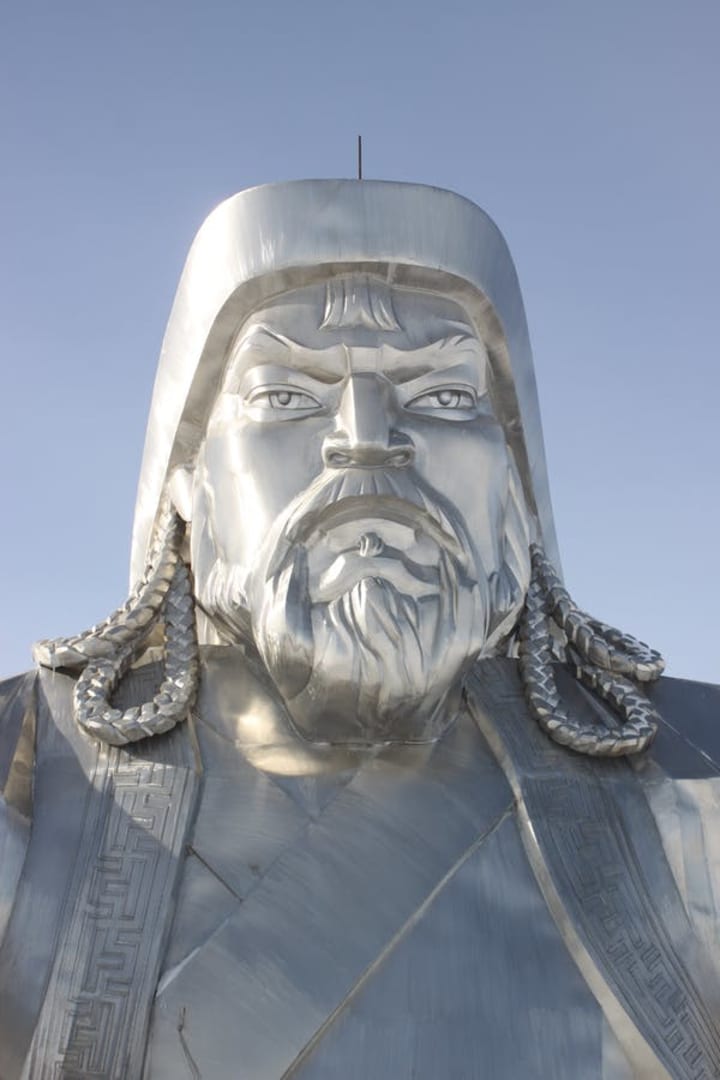
The history is full of people who have made their mark in the world. There are leaders who had either a great impact on their time or were greatly feared. Here are some dangerous rulers of all times and what they did that made them so dangerous and feared.
1. Genghis Khan

Genghis Khan was the most powerful and feared ruler of his time. He conquered more land than any other conqueror in history. He was ruthless, but not heartless.
He was also bold, cunning, and visionary. Genghis Khan's vision was to unite all of Asia under his rule by conquering China and then India.
Genghis Khan's empire stretched from Europe to China, from Korea to Afghanistan. He conquered millions of people and made them bow down before him.
Genghis Khan had a lot in common with Adolf Hitler. They both came from humble beginnings and rose up through the ranks on their own merits. They were both ruthless leaders who wanted power for themselves alone, rather than sharing it with others like democracy requires."
2. Timur Regin

Timur Regin (1336-1405) was a ruler of the Timurids, a dynasty that ruled parts of Central Asia and Western Asia between about 1370 and 1507. He was also known as Tamerlane or Timur the Lame. He was born near Samarkand, Uzbekistan, into an aristocratic family descended from an unbroken line of Oghuz conquerors going back to Temur Beg (A.D. 1336 – 1389).
Timur's grandfather, Mirza Muhammad Jamal ud-din Mahmud Shah Qazaghan (also called Muhammad Shah), ruled as Khwarazm Shah from 1411 until 1451, when he was deposed by his brother-in-law Muzaffar II. Following his overthrow, Muhammad Shah fled to Herat and then made his way to Samarkand where he became ruler under the title Amir ul Momineen ("Commander of the Faithful"). His son Arslanpash.
3. Vladimir Lenin

Lenin was a Russian revolutionary who led the Bolshevik Party to power in Russia. He became one of the most influential figures in modern world history.
He was a Marxist theorist, politician and leader of the Communist Party (Bolsheviks), which he led from 1917 until his death in 1924. Lenin developed political theories known as Leninism and Marxism. Following the February Revolution of 1917, which overthrew Tsar Nicholas II, he led the Bolsheviks to victory over their rivals, the Mensheviks, and assumed control of the newly established Soviet state. Under his administration, Russia moved towards socialist revolution and communism.
The Russian Revolution of 1917 saw widespread social unrest under the leadership of Vladimir Lenin's Bolshevik Party, resulting in his establishment of a one-party communist state known as Soviet Russia. The earlier provisional government was subsequently replaced by the Russian Provisional Government during the February Revolution. The March 1917 revolution was followed by the October Revolution that deposed Tsar Nicholas II and brought about socialist revolution within Russia in early 1918. The Red Army established a Soviet state when it captured Moscow late that year; six months later, after elections to all soviets were held.
4. Queen Mary I

Queen Mary I, who ruled England from 1553 to 1558.
Mary's reign was marked by religious upheaval and conflict. The Church of England broke away from the Roman Catholic Church in Rome. In 1554, Pope Paul IV excommunicated Queen Mary for her role in promoting a heretical doctrine called "The Ten Articles."
In 1555, Parliament passed an Act of Supremacy that declared Elizabeth I of England (her half-sister) to be "the only supreme head on earth" of the Church of England. This act ended any possibility that Queen Mary would be crowned or recognized as head of state by Rome or any other foreign power.
Mary died at age 39 without having married or had children.






Comments
There are no comments for this story
Be the first to respond and start the conversation.